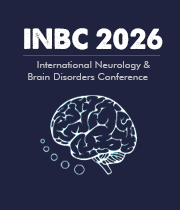Title : Blindneuralgen: Synthesizing EEG signals given visual cues to artificially implant sight to the blind
Abstract:
This research introduces BlindNeuralGen, a brain-inspired deep learning framework that synthesizes electroencephalogram (EEG) signals from visual inputs, bridging artificial and biological vision systems. Inspired by neurophysiological processes, the architecture incorporates neural mechanisms found in the visual cortex through a hybrid design combining convolutional neural networks with Gated Recurrent Units (GRUs) to process both spatial and temporal dependencies in visual information processing. The framework's key innovation is applying contrastive learning to EEG representation, ensuring that visually similar inputs produce corresponding neural activity patterns in feature space. This approach reflects how the brain forms categorical neural representations while maintaining distinct patterns across visual classes. Additionally, the implementation of InstanceNorm normalization preserves individual signal characteristics while stabilizing training, mimicking the brain's ability to normalize neural responses. Trained on paired image-EEG data from 23 participants viewing character images, the model (10.1 million parameters) outperformed traditional CNN baselines with a Root Mean Square Error of 83.445 and Peak Signal-to-Noise Ratio of 14.987. Most notably, performance improvements were highest in occipital electrodes E5 and E10 (33.6% and 75.7% respectively), precisely corresponding to the brain's primary visual processing regions. Analysis of synthesized EEG signals reveals that rather than replicating exact responses to specific images, BlindNeuralGen generates patterns representing visual categories – effectively simulating how the brain forms conceptual neural representations. This research advances our understanding of neural encoding principles while demonstrating how artificial systems can implement brain-inspired computational strategies, contributing to the foundation for future non-invasive neural interfaces.




